In this unit at Freestyle we were giving a project that was very open ended called the Explorations project. All we were told to do was find a 21 Century Skill we wanted to practice more and get better at. We were assigned to do research on our topics and make an Infograph on what we learned. Anything else we did was extra very recommended to actually go out and practice our skill.
For this project I decided to learn how to do sports photography. I did this because I'm very passionate about sports and I thought that sports photography would be a cool skill to learn. I decided to work on this with a partner, Kai Jarmon. We did research on the basics of sports photography and learned how to get started on it. After Researching we created our Infographic, to do so we used Piktochart. After this was complete we went out and started practicing taking photos at little league games and just of our selves at a local field.
This project has been very fun for me I have learned a lot about how to take take some really great shots. I feel like I learned a really interesting skill that I can use for a while and make it a hobby. I am already really into sports so this project was nice to grow my love for sports to a different way then just watching. I really enjoyed this project.
This year at Freestyle has been my favorite year of school so far. I feel that I have definitely learned the most I ever have in one year. I started the year with not using any of the technology here and I have learned so much where now it is second nature to me to use. Also I feel like I have grown a lot as a writer I feel that every unit in English I have gotten better at writing to where my last piece was my best piece I have ever written. Also I have met a lot of new people I wouldn't have gotten the opportunity to meet and that has been really nice to have a place like this where everyone fits in. All in all this year has been probably my favorite year of school and a lot of it has to do with Freestyle.
Attached to this is a song I made in reason. I started experimenting with reason for this part of the project by using all the different plug-ins you can use until finally I found a beat that I liked and then I started adding to that to finally make what you are hearing. Bellow is a screenshot of my reason document.
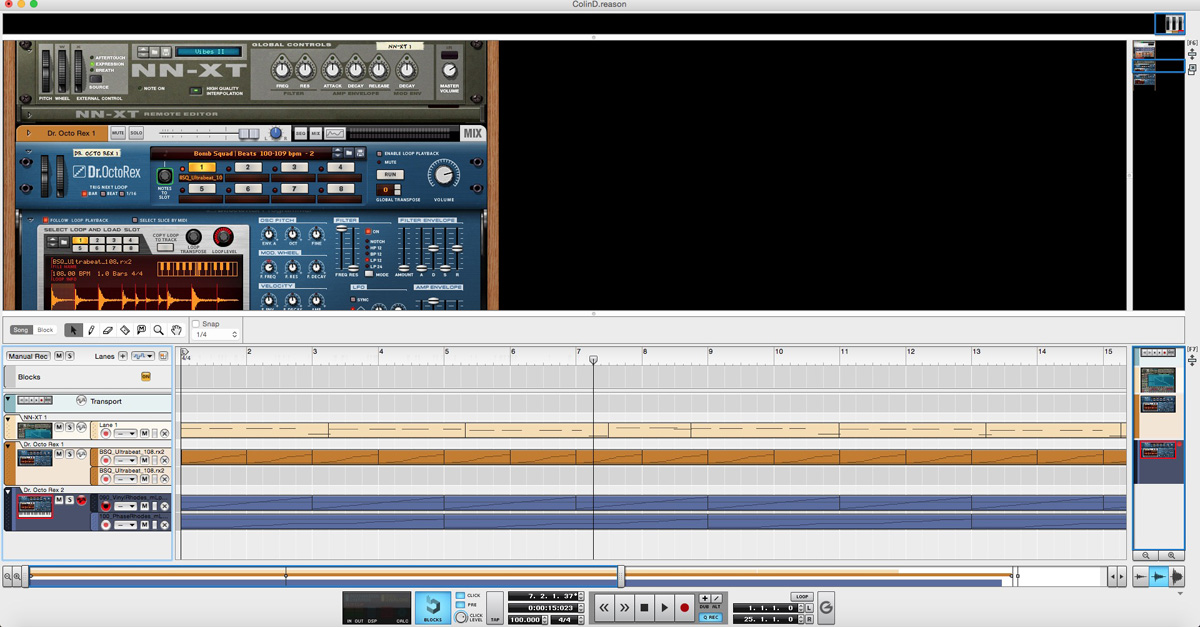
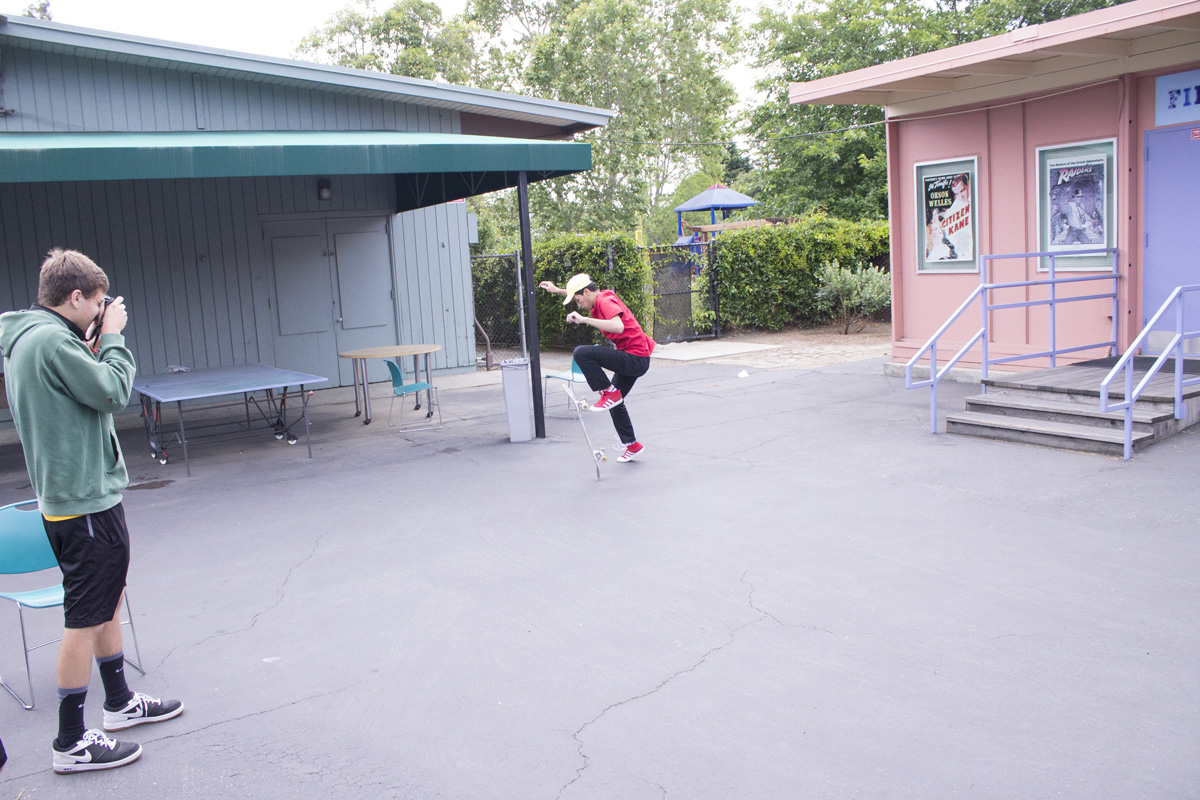

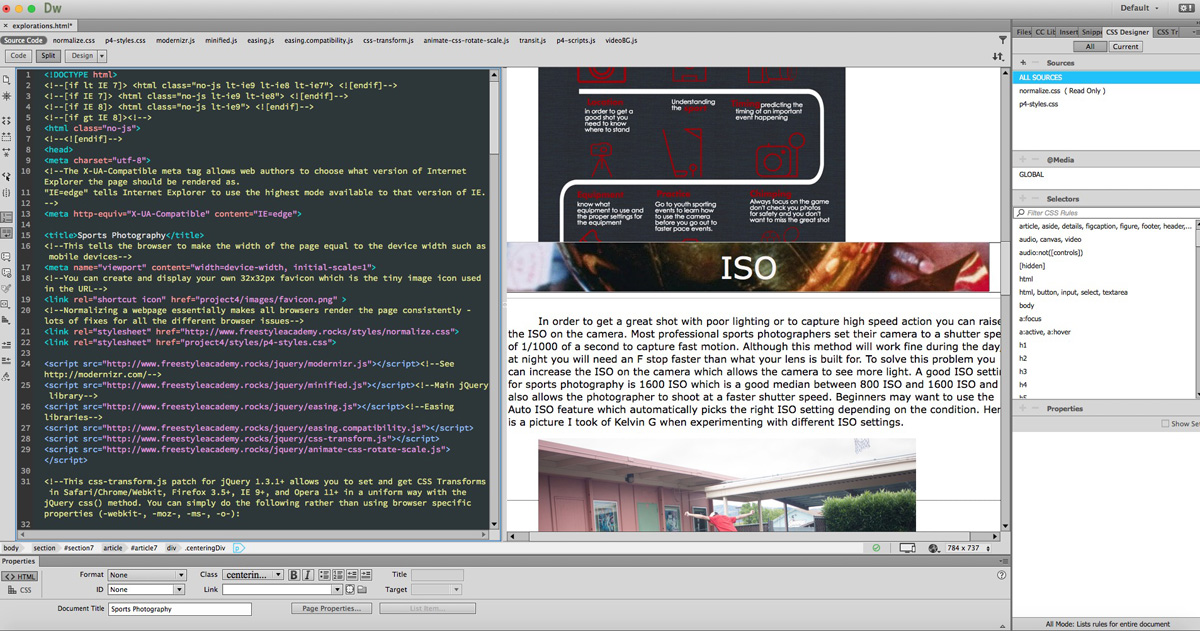
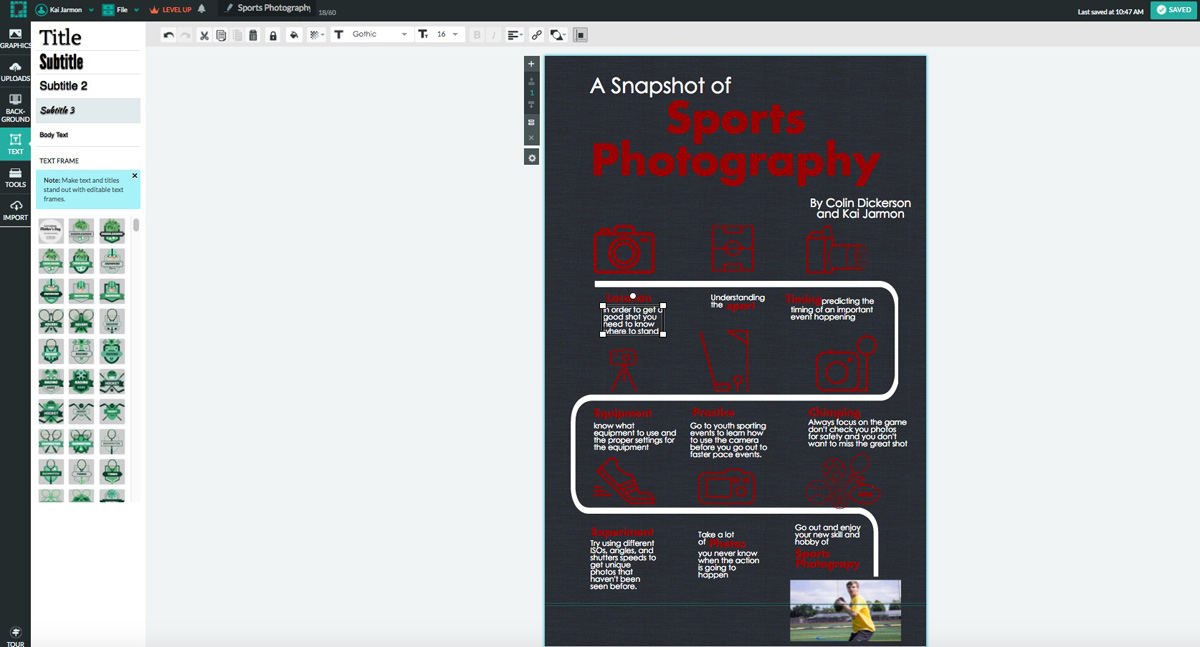
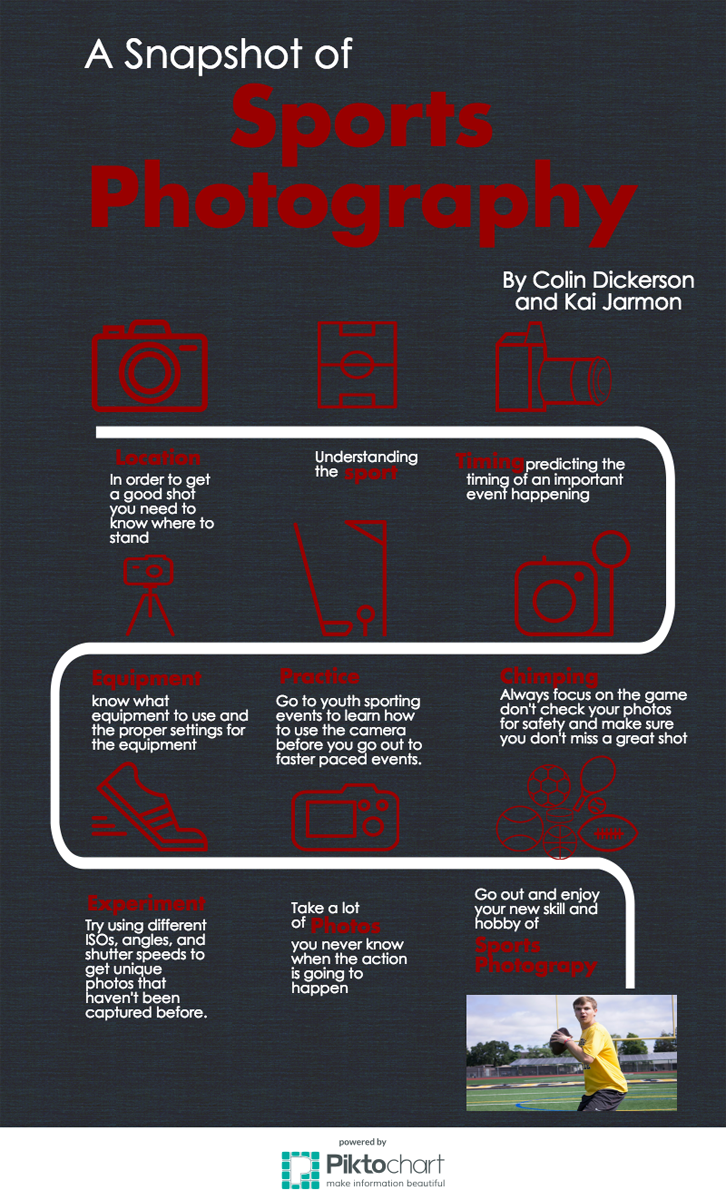


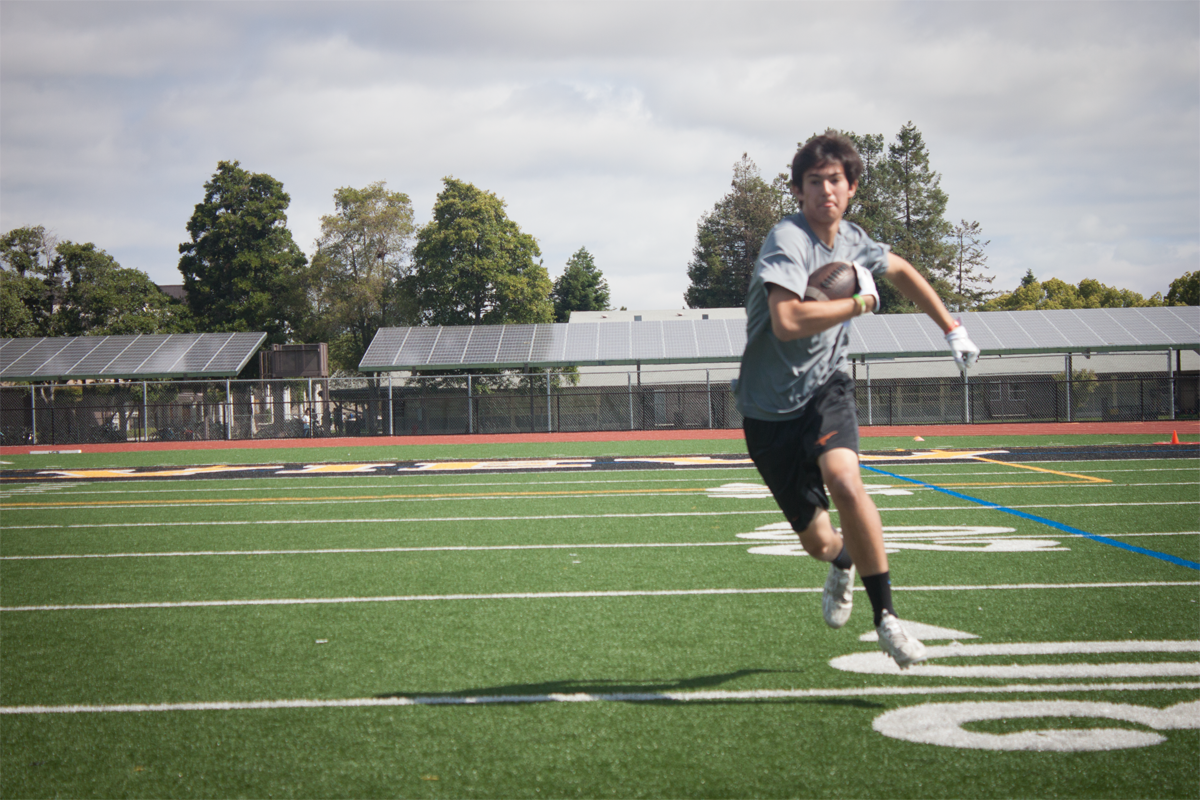

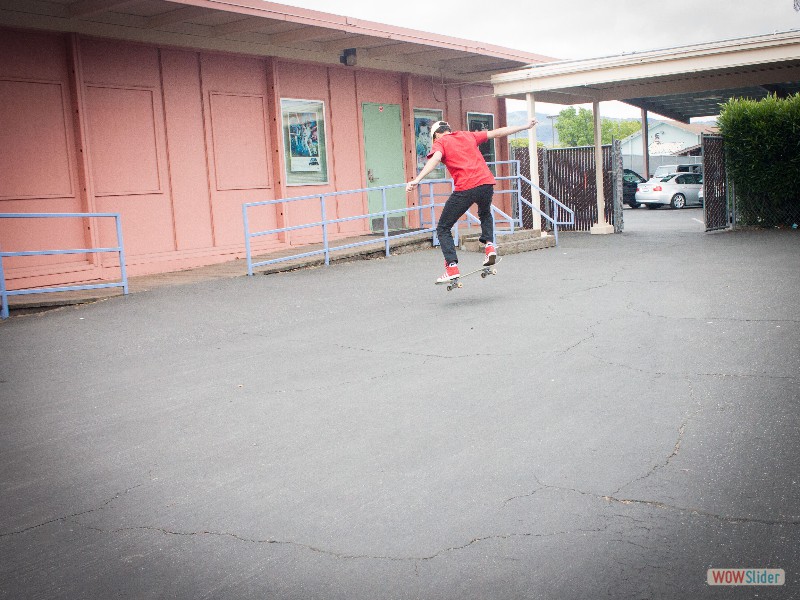
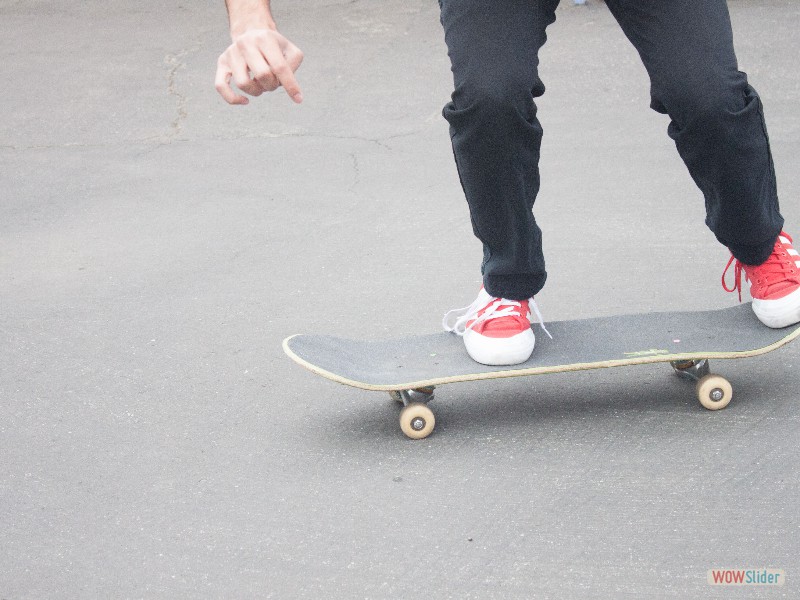
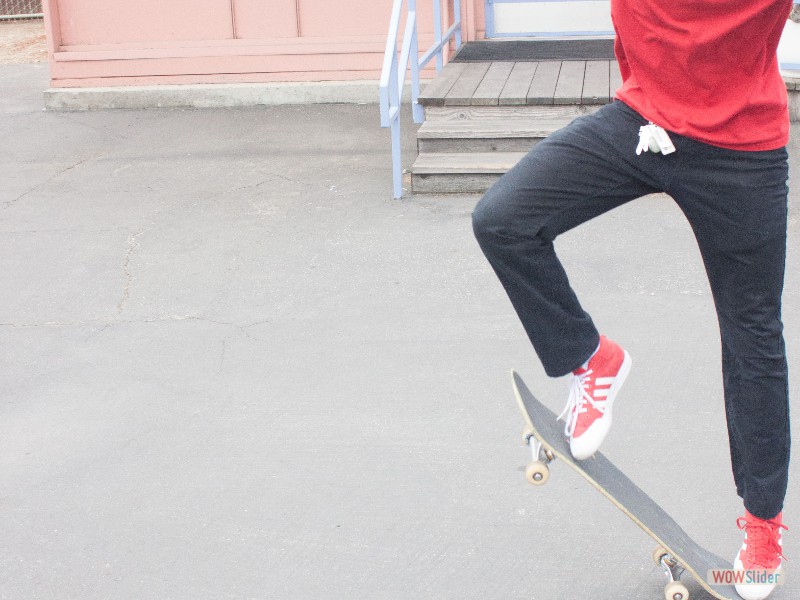
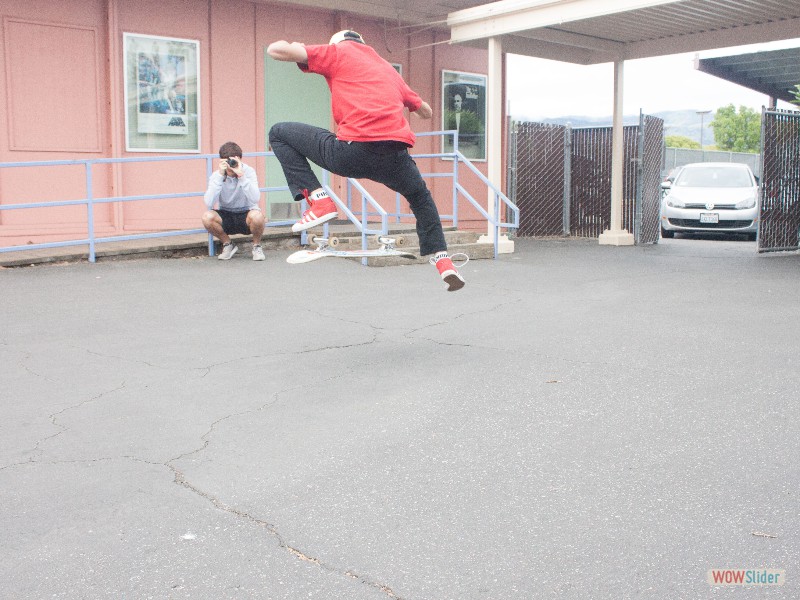
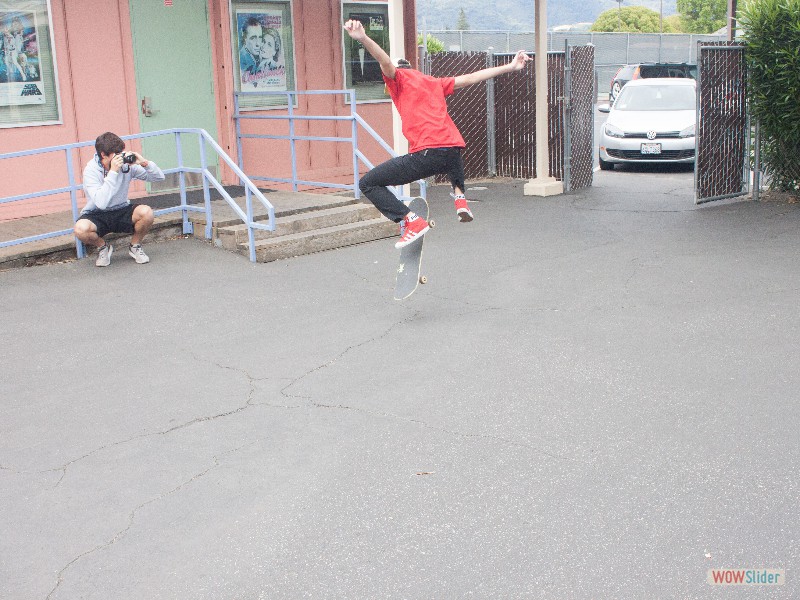
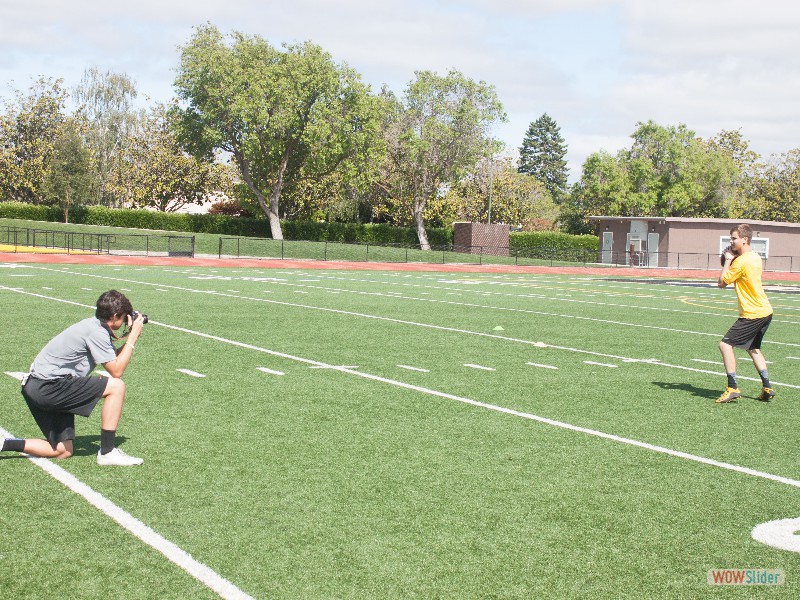
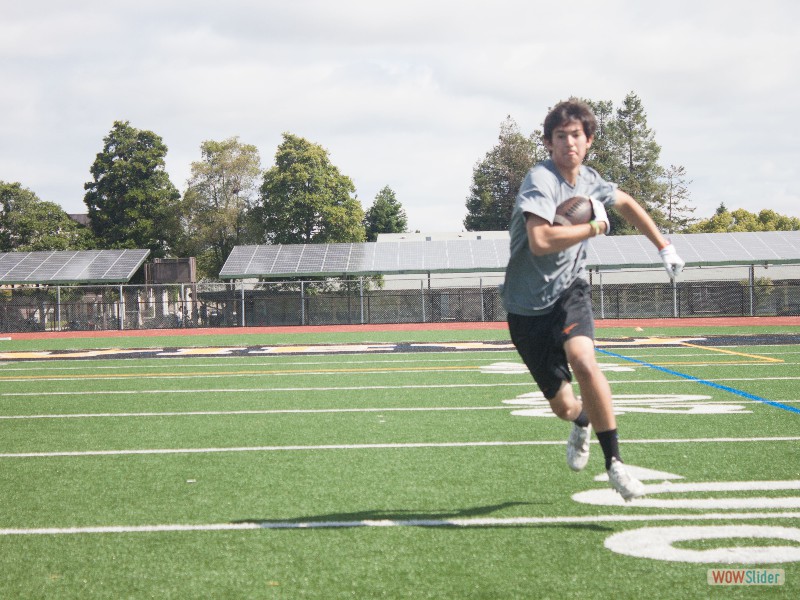
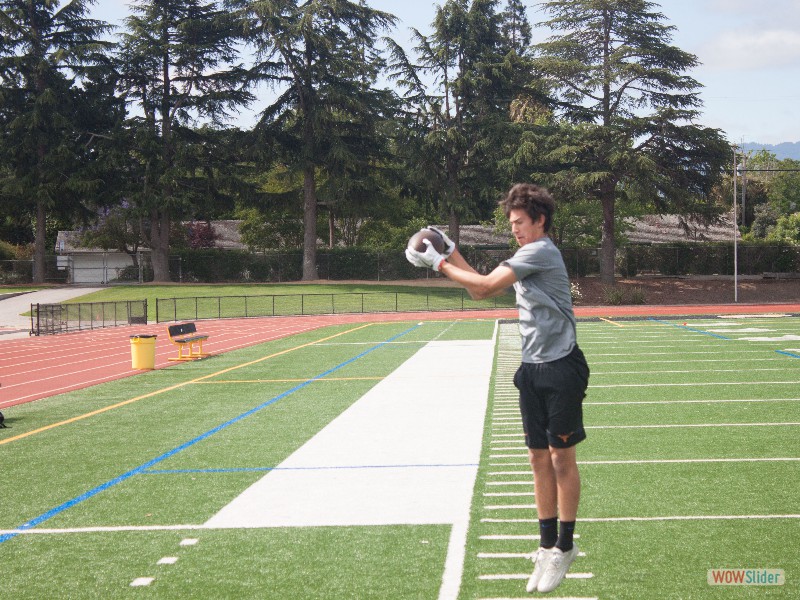
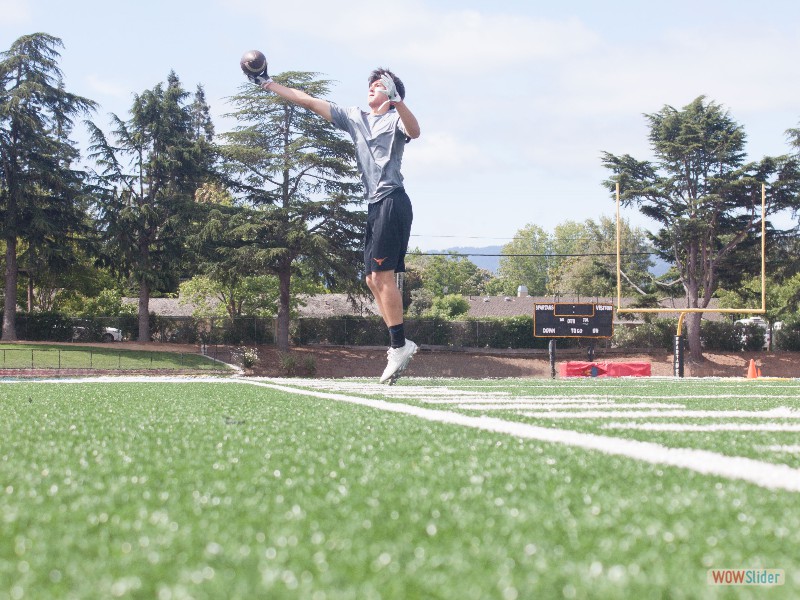
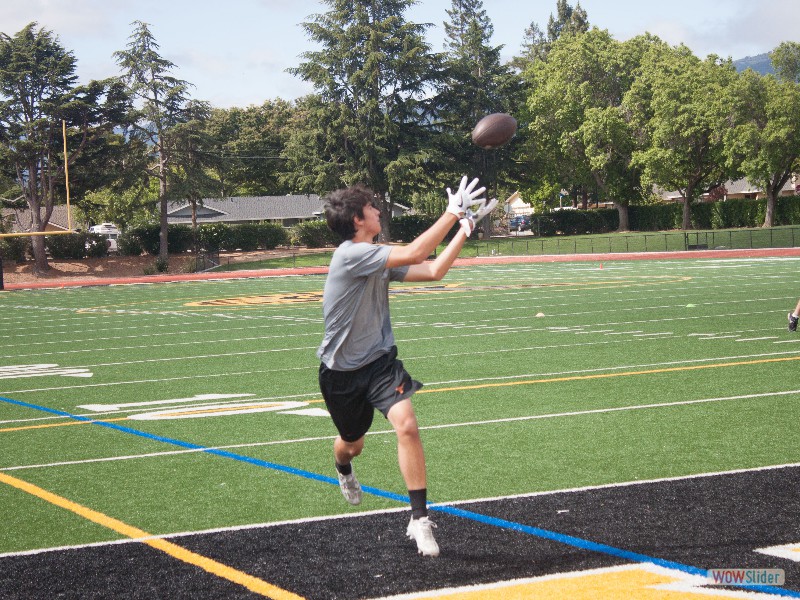
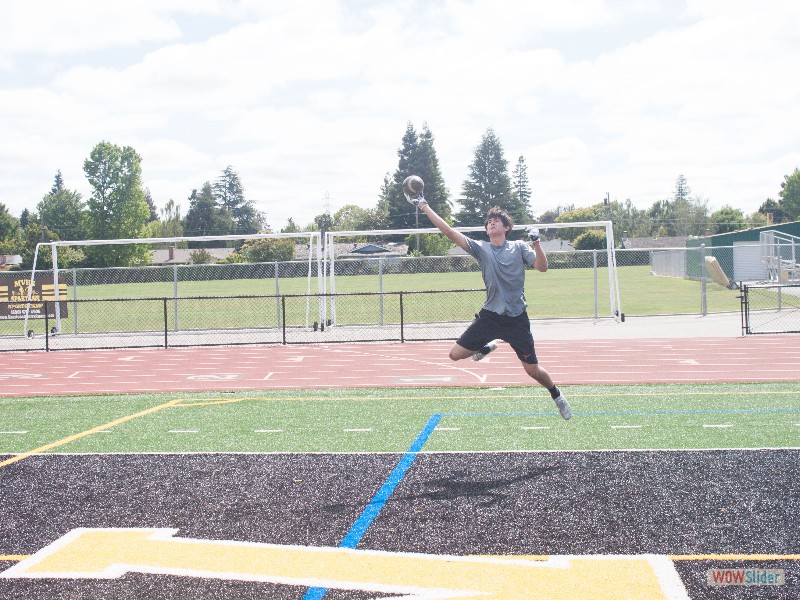
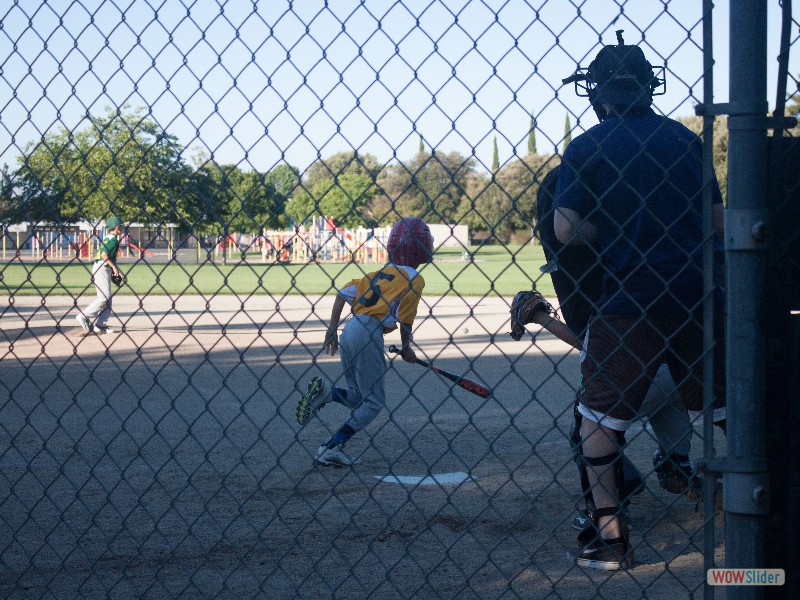
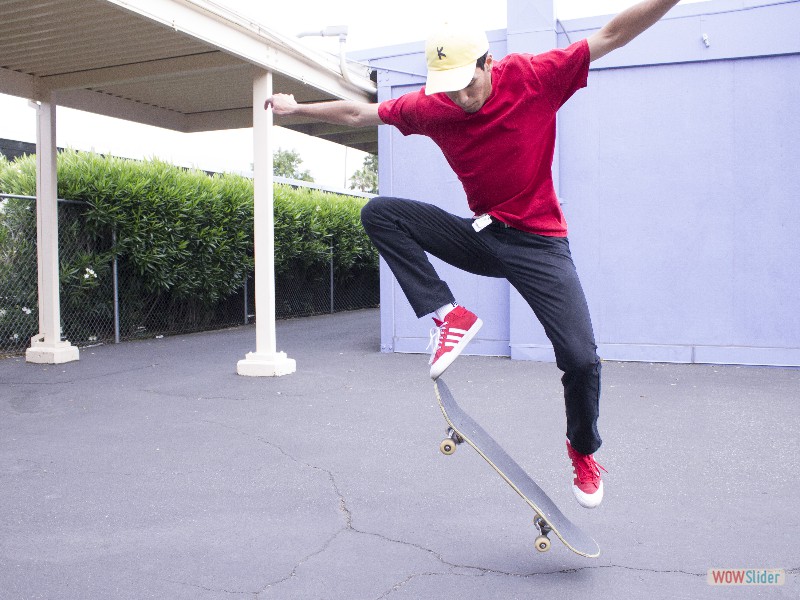
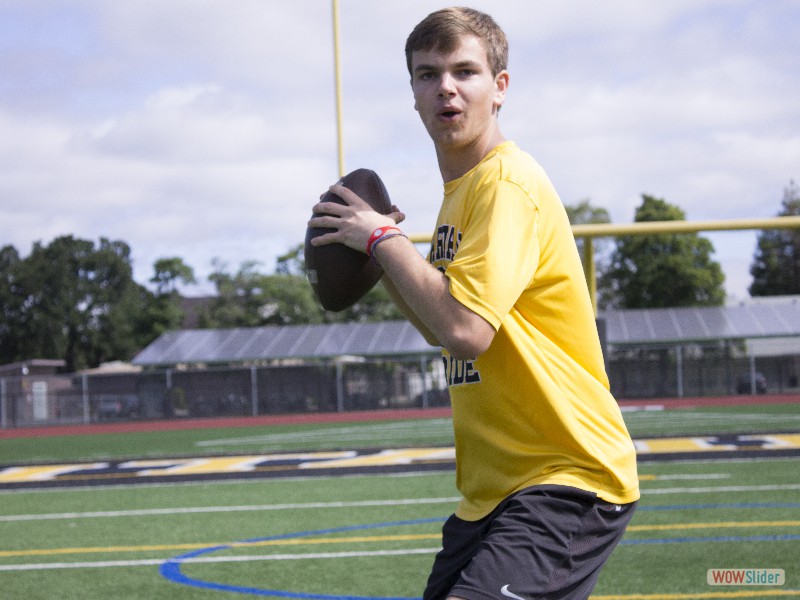
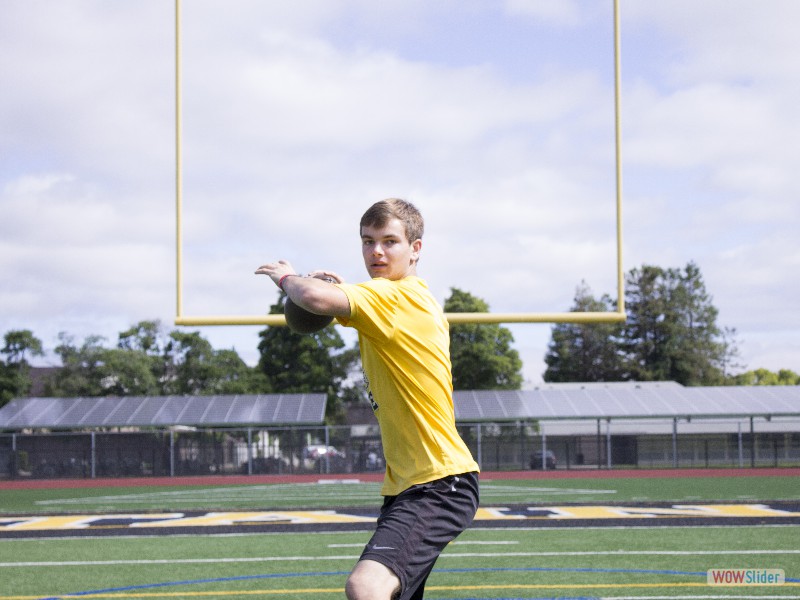
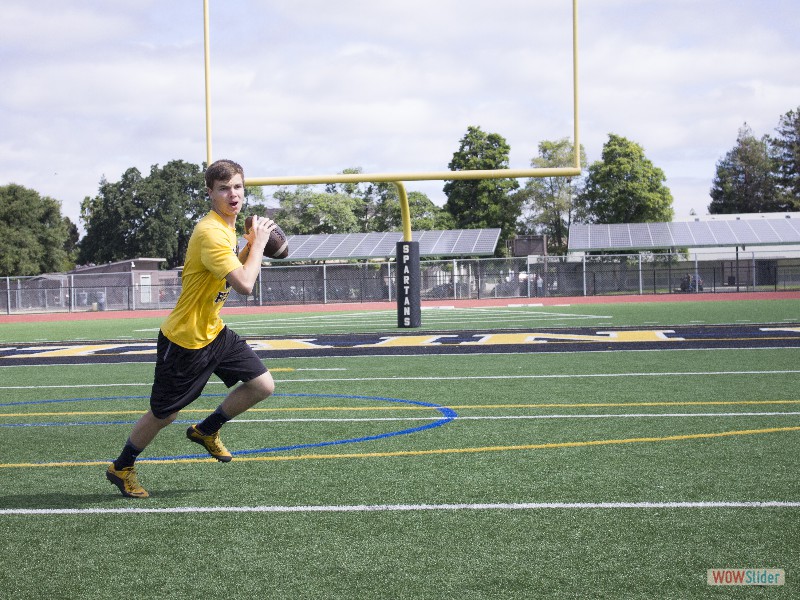
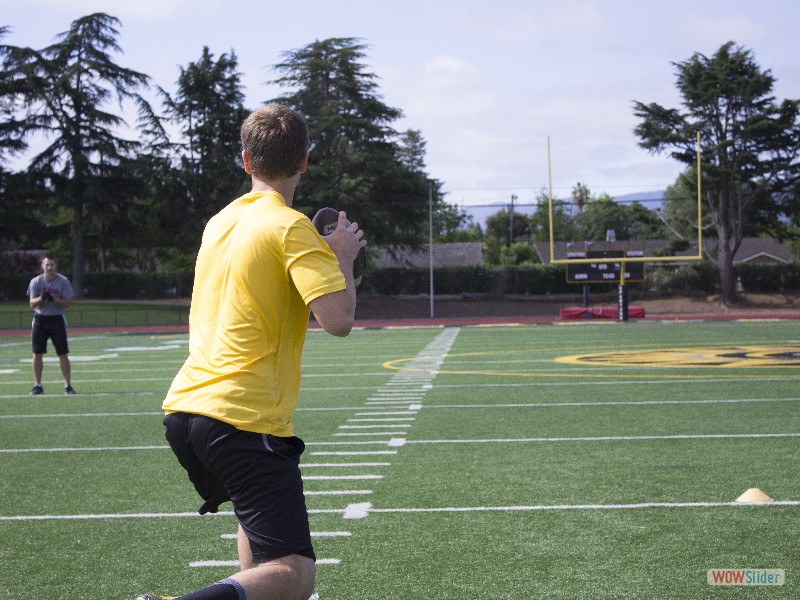
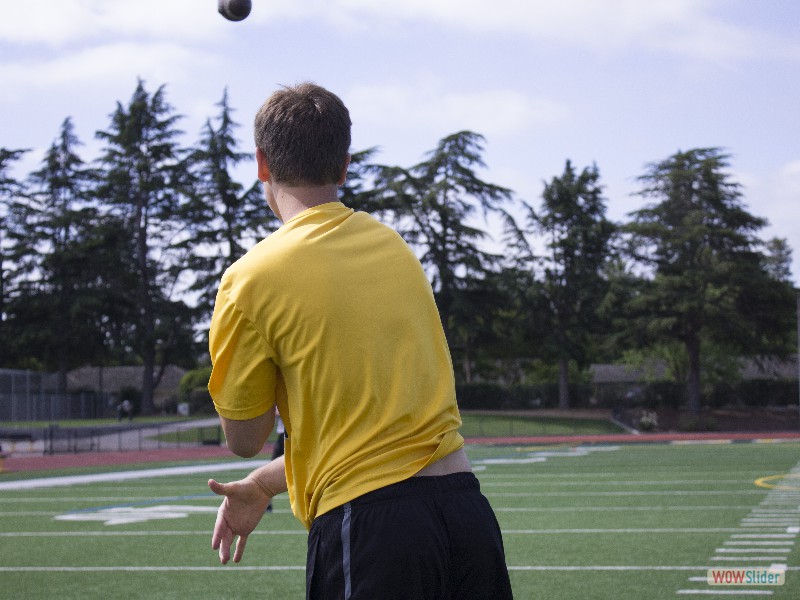
 1
1 2
2 3
3 4
4 5
5 6
6 7
7 8
8 9
9 10
10 11
11 12
12 13
13 14
14 15
15 16
16 17
17 18
18